 Written by Heather Collins, MSN, RN, CNOR
Written by Heather Collins, MSN, RN, CNOR
As the age distribution of individuals in the US continues to shift, growing conversations about home safety and aging in place are taking place. According to the US census bureau, more than 56 million Americans in the United States are over the age of 65. With growing fall risk, cognitive decline, and safety concerns in this population, it’s imperative that home environments are set up to enhance safety, security, and independence.

There are many preventative measures that can be taken to enhance both patient and caregiver safety in the home. As the saying goes, an ounce of prevention is worth more than a pound of cure. In the home setting, this ounce of prevention can quite literally save someone’s life. With a variety of patient safety devices on the market today, you can keep yourself and your loved ones safe while they age peacefully in the comfort of their home.
Patient safety alarms are designed to alert both patients and caregivers of unsafe or potentially emergent situations. They are most frequently used for individuals with dementia, or those who are impulsive or forgetful. With varying applications, these alarms have flexible use and can be applied to detect a number of scenarios including when an individual leaves the home, gets out of bed, or attempts to go to the bathroom. With better knowledge of the patient’s movements, loved ones can have increased freedom and confidence as they go about their daily routines.
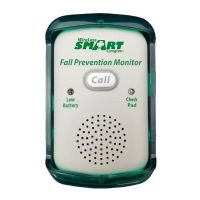 | Smart Caregiver Wireless Patient Chair Alarm with Pager View Product |
Recommended: Smart Caregiver Wireless Patient Chair Alarm with Pager
Monitoring units are devices that alert caregivers of unusual activity. Unlike cameras that can feel invasive, various motion-sensing options are low-tech but effective, alerting you to any atypical or concerning activity.
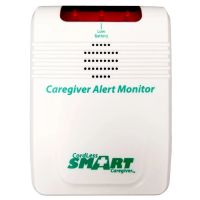 | Smart Caregiver Patient Monitor System with Motion Sensor View Product |
Best: Smart Caregiver Patient Monitor System with Motion Sensor
Patient transfers are a leading cause of injury for caregivers both in the hospital setting as well as in the home. One survey revealed that 43% of caregivers had experienced an injury or health problem due to repetitive stress or poor ergonomics. Transfer aids are assistive tools used to facilitate ease for both patients and caregivers during transitional movements. This can include transfers in and out of bed, to and from the wheelchair, and into and out of the bathtub. With caregiver burden a serious issue, it’s essential that individuals use these tools to mitigate risk, protect their own well-being and make day-to-day functioning more streamlined and safe.
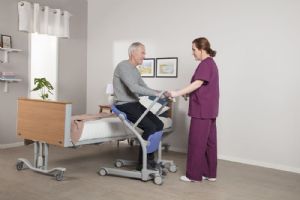 | Sara Stedy Patient Transfer Aid by ArjoHuntleigh (FULLY ASSEMBLED) View Product |
Best: Sara Stedy Patient Transfer Aid by ArjoHuntleigh (FULLY ASSEMBLED)
If physical harm to oneself or others is a concern, devices including safety vests and restraints are available. Meant to limit a patient’s movement, they can be used to maintain proper positioning or prevent a patient from causing harm. Although they are appropriate in certain populations, restraints are only used in extreme situations, as they can infringe on an individual’s personal freedoms.
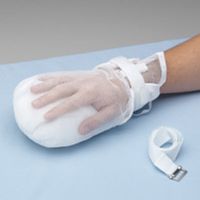 | Posey Double-Security Mitts View Product |
Best: Posey Double-Security Mitts
When bed mobility and positioning are a concern, bed rails and wedges can be utilized to ease transitions into and out of the bed and reduce the risk of falls. Note, that while a bed rail can increase safety and security, it is not meant to be used as a containment device. With inappropriate use, patients can attempt to crawl over the rail and frequently end up hurting themselves worse than they would without the rail.
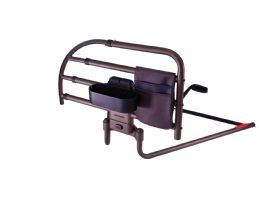 | Bed Rail for Standard and Adjustable Beds - Freedom Click Extendable Bed Rail by Stander View Product |
Best: Bed Rail for Standard and Adjustable Beds - Freedom Click Extendable Bed Rail by Stander
While they don’t prevent falls, fall detection devices can alert you to concerning incidents. Typically worn as a necklace or bracelet, these devices connect fall detection radars and motion sensors with user-friendly technology. The duration of a patient lying on the floor after a fall is directly linked with an increased risk of serious complications, particularly with the elderly and those with cognitive impairment. Prompt attention to an individual after a fall is both important and possible using fall detection devices.
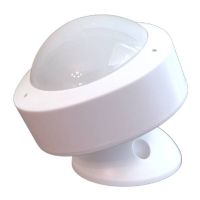 | Smart Sensor Senior Medical Alert System with Fall Detection | Elderly Monitoring with No Monthly Fee View Product |
Best: Smart Sensor | Wireless Motion Detector by Smart Alert Tech
Patient safety devices are created to keep individuals safe and secure. Serving as preventative technology, they stop accidents before they happen.
With a variety of options and offerings, you can tailor your safety devices to the individual’s specific needs. They allow patients to maximize their independence while still prioritizing safety and well-being. Often low-profile and discrete, they have a minimal impact on the patient’s day-to-day life but can have a huge impact on patient safety and longevity in the home.
For many, remaining in their home is the utmost priority. Patient safety devices give both patients and caregivers the peace of mind to keep individuals safe and comfortable in their homes. When compared to the price of assisted living or caregiving services, integrating home safety devices is an excellent investment that promotes long-term security and independence.
Caregivers need breaks too. Incorporating safety devices is not only essential for patient safety but also gives caregivers the freedom and confidence they deserve while providing care. Family or friends can rest easy with these integrations knowing that their patient is taken care of in their absence.
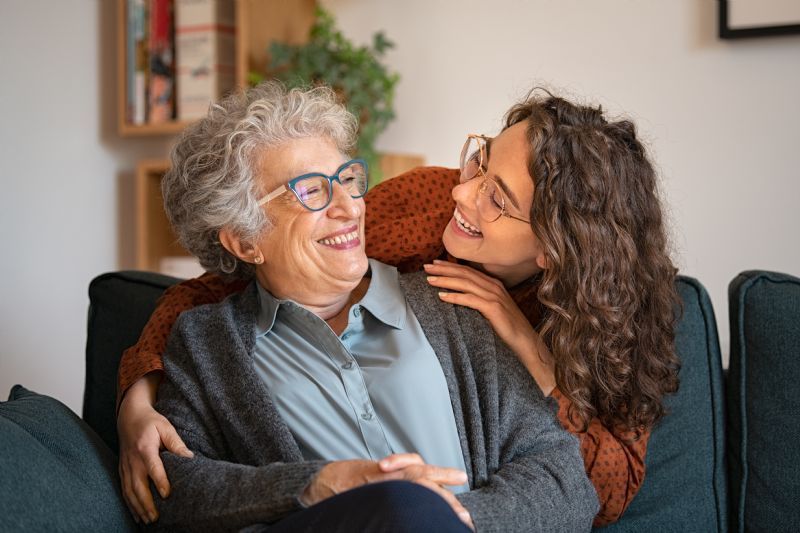
Patient safety devices come in a variety of forms offering patients and caregivers much-needed peace of mind while promoting independence in the home setting. If you or someone you love is looking to maximize a patient’s security at home, check out our full listing of patient safety devices here. While you’re browsing, feel free to explore Caregiver University, our expert-curated blog that helps caregivers make informed, confident buying decisions.

Heather Collins, MSN, RN, CNOR
Heather is a registered nurse and freelance health writer with a Master's degree and over 24 years of nursing and leadership experience. Heather cares for patients of all ages in various healthcare settings, including inpatient acute care nursing, GI procedural nursing, cardiac lab, infertility clinics, pediatrics, and surgical services. Heather is dedicated to providing high-quality care and sharing reliable, evidence-based information that empowers people to make informed decisions about their and their loved ones' health.